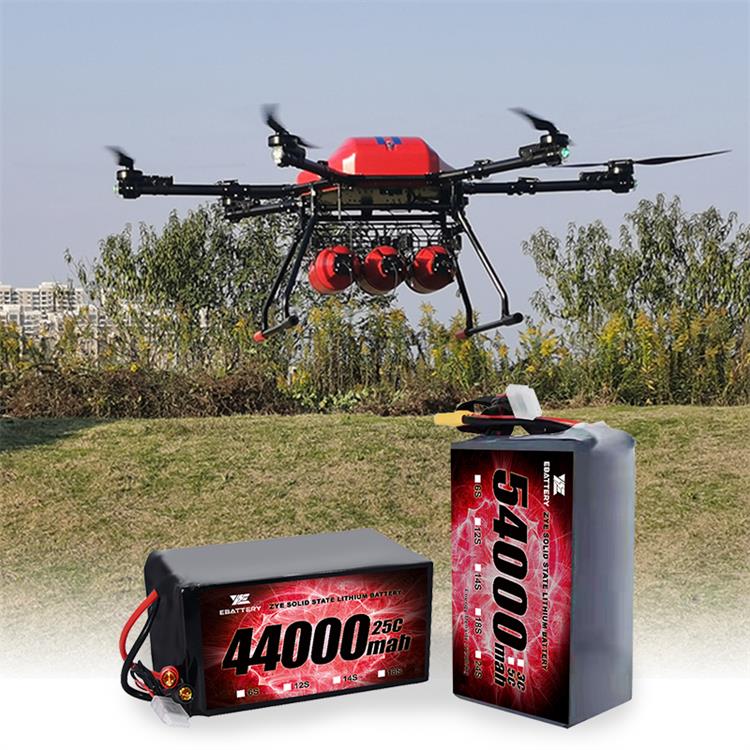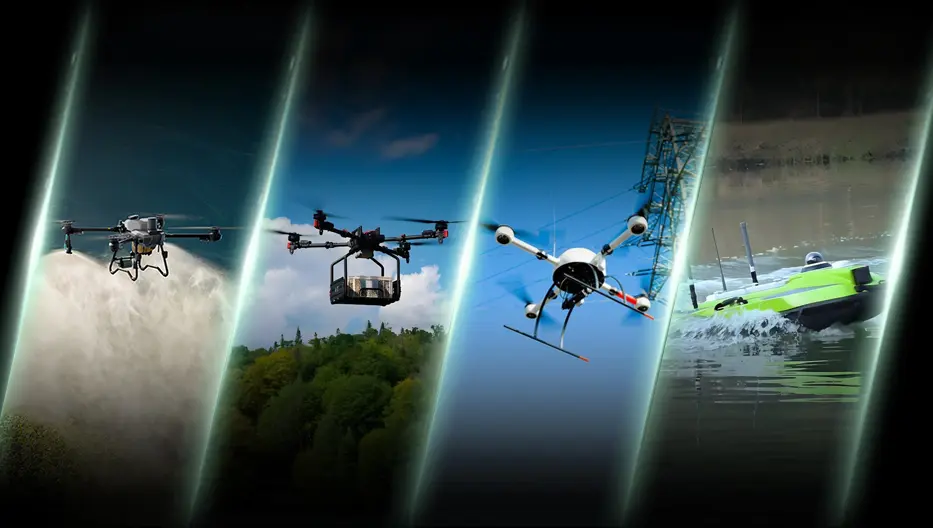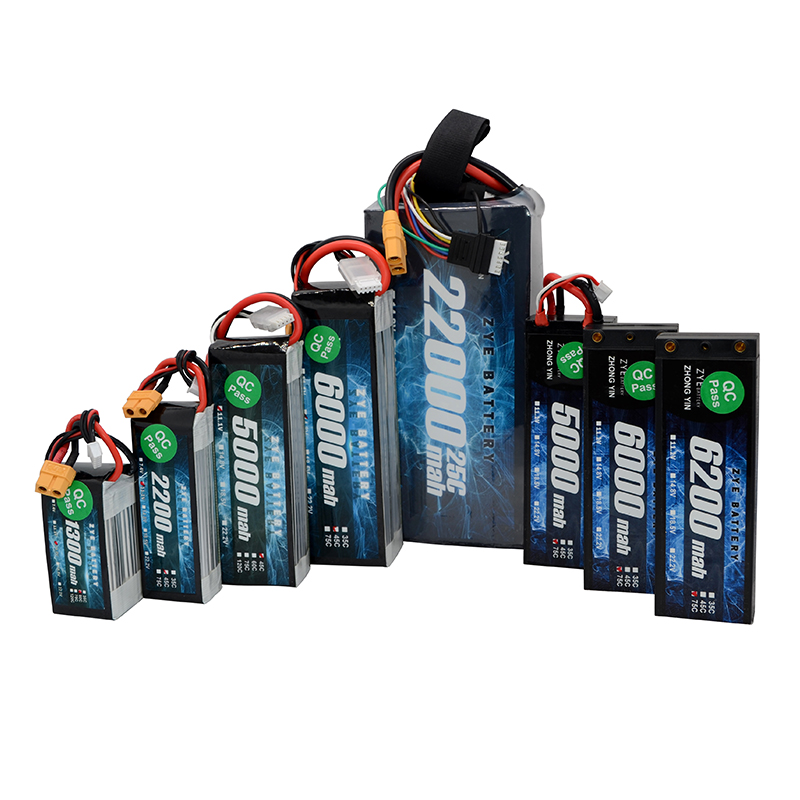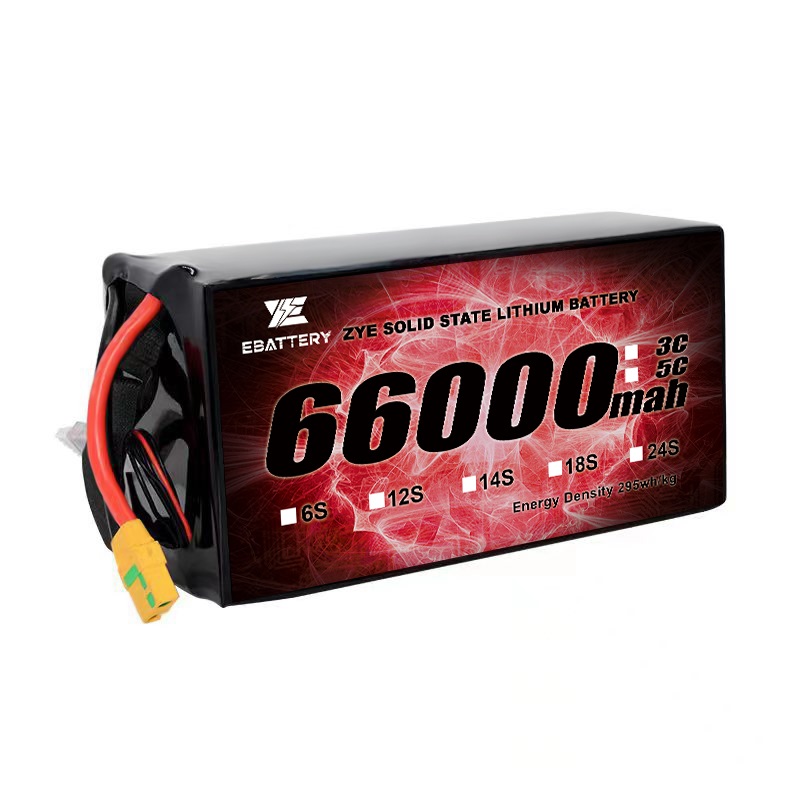What Are The Future Innovations of Agricultural Drone Batteries?
2025-11-25
This guide aims to help understand the problems of agricultural drones and their batteries, as well as provide equitable and operationally focused strategies for early detection of troble-abattery failures that are time and productivity draining.
Agricultural drones batteries of the future: Growing the productivity of agriculture

In the agricultural farming and construction sectors, the desires of end users and customers for these cruise are recognised and understood, and whence the demands on the batteries have grown for longer operational cruise flights. Soaring battery costs for longer, prolongedisy time on cruise. The agribusiness solid state battery technology has also integrated and incorporatedste that battery technology and subsequent improvements that lead to further batteries that recharge faster, are much more safe to use and thus are significantly more economical on battery costs of drones. Solid state batteries are at the forefront.
Solid-state batteries are set to revolutionize how agricultural drones perform in large-scale farming operations. Unlike traditional lithium-ion batteries that power most drones today, solid-state batteries offer up to 50% higher energy density.
For large-scale operations, this means less downtime during critical planting or harvesting windows, fewer batteries to maintain, and a noticeable boost in daily productivity. It’s not just a tech upgrade; it’s a solution that directly addresses one of the biggest frustrations we hear from farm operators: constant battery swapping.
2. Graphene Batteries: The “Wonder Material” Transforming Drone Power
You’ve probably heard of graphene—the single layer of carbon atoms arranged in a hexagonal lattice that’s been hailed as a “wonder material” across industries. But what does it mean for agricultural drone batteries? For starters, graphene-infused batteries are designed to tackle the limitations of traditional lithium-ion cells that plague farm users. We’re talking about longer agricultural drone flight times, thanks to higher energy density, and charging speeds that cut down on idle time between flights.
3. Smart BMS: Intelligent Battery Management for Agricultural Drones
Gone are the days of basic battery systems that just hold a charge. Today’s top agricultural drone batteries come equipped with advanced Battery Management Systems (BMS) tailored specifically for farming applications—and these aren’t just fancy add-ons. For farmers looking to maximize drone uptime, a smart BMS is a game-changer. These intelligent systems monitor battery health in real time, prevent overheating and overcharging (major safety risks in dusty, busy farm environments), and optimize power usage to extend flight times.
4. Rapid Charging Technologies: Cut Drone Downtime for Good
If there’s one complaint we hear more than any other about agricultural drone batteries, it’s the downtime from slow charging. Current lithium-ion batteries can take hours to recharge, which limits how much work a single drone can do in a day—especially during peak seasons when every hour counts. To solve this, manufacturers are rolling out specialized rapid charging solutions designed exclusively for agricultural drone batteries.
Think high-performance lithium-ion cells that handle faster charging currents without damage, innovative electrode materials that speed up ion transfer, and dedicated charging stations that can power multiple batteries at once. For a medium-sized farm running three or four drones, this means going from one full charge cycle per day to three or four—doubling or tripling the acreage covered without adding more drones to your fleet. It’s a simple fix that delivers massive returns in productivity.
Proactive Drone Battery Failure Detection: Avoid Costly Downtime
Even with the latest agricultural drone battery technology, proactive maintenance is key to avoiding unexpected failures. The last thing any farmer needs is a drone shutting down mid-flight while spraying crops or collecting critical data—and the good news is, most battery issues show warning signs before they escalate. Here’s what our team recommends for catching problems early:
Finally, establish a regular testing routine: track charge-discharge cycles (most agricultural drone batteries degrade after 500–800 cycles), test internal resistance (increasing resistance means aging), and run full discharge-recharge cycles to keep your BMS calibrated. These small steps take minimal time but can save you from costly repairs and operational disruptions.

Wrapping Up: Optimize Your Agricultural Drone Battery Strategy
The future of agricultural drone batteries is all about solving the problems that matter most to farmers: longer flight times, faster charging, enhanced safety, and lower costs. From solid-state and graphene technologies to smart BMS and rapid charging systems, these innovations are turning drones into more reliable, efficient tools for farms of all sizes—from small family operations to large commercial enterprises.
As someone who’s worked with agricultural businesses to optimize their drone workflows, I can’t stress enough how important battery strategy is. By staying ahead of the latest trends and implementing proactive maintenance practices, you can unlock the full potential of your drone fleet, reduce downtime, and stay competitive in the fast-evolving world of modern agriculture. Whether you’re just starting with drones or looking to upgrade your existing setup, focusing on your agricultural drone batteries is one of the best investments you can make in your farm’s productivity.
























































